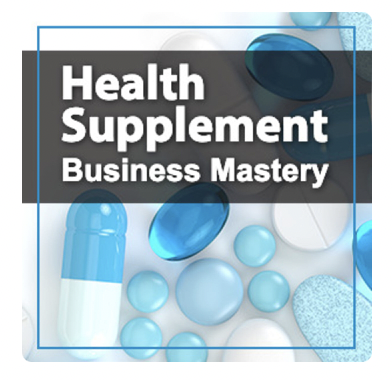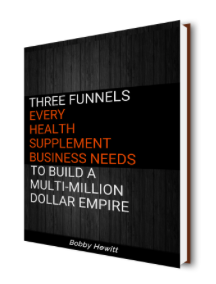Sometimes designing test variations to optimize for conversion can seem like we’re taking shots at a dart board. With some tests we hit the target and get a conversion lift, yet on others we miss the target completely, nowhere near the bulls eye or even close to the target at all.
In the 1930‘s, a psychologist, Paul Fitts who theorized that the action of pointing to or tapping a target could be measured and predicted mathematically. Fitts stated that the size of the target object along with its distance from the starting location could be directly measured, allowing him to model the ease at which a person could perform the same action with a different target object. Essentially, the time it takes to reach a target. His model, based on rapid, aimed movement, went on to become one of the most studied mathematical model of human motion.
The theories and models can all be boiled down to Fitts Law: The time to acquire a target is a function of the distance to and size of the target.
The essentials of Fitts’ law, is simple common sense, the quicker you can reach a target object, the more convenient and easy it is to use.
So, How Does Fitt’s Law Apply To Conversion Optimization?
A target object, in the context of user interface, and conversion can be any interactive element, such as any call to action button, text link, a form field, etc.
The principles of Fitts’ law can help conversion optimizers make educated decisions in designing user interfaces and web page layouts. Specifically when it comes to testing buttons. Fitt’s law in conjunction with design theories such as visual hierarchy makes it easier for some one to click a button. Which would imply that the bigger an object and the closer it is to us, the easier it is to hit.
However, bigger buttons are not always better. True a larger button is clearly easier to click, it isn’t necessarily the best. This is counter to what many user interfaces do with their oversized call-to-action buttons and submit buttons. That is if they are already reasonably sized. In conversion rate optimization design, this means that a very small target will become significantly easier to click when given a 20% size increase, while a very large target will not share the same boost in usability when given the same 20% boost in size.
But size is not everything. Fitt’s Law also points out two other very important factors, movement and distance. The distance between where the mouse is and where it needs to be. Therefore, placing key calls-t-action far apart will increase the amount of time required in completing sequential tasks in your interface, which is why grouping similar interface elements together is a standard practice in design.
Every conversion action comes down to the click of a button. Nonetheless, Fitt’s law alone may not be enough to boost your conversion rates. There are essentially 3 tests you can do when it comes to optimizing calls to action. The first 2 are rooted firmly in what you have just learned from Paul Fitts.
1. Design – The look of the button comes down to testing size, shape and color. All of which, the best variation to test is that which is contrasting to the page. So if you have a lot of blues with rounded corners on the page, try an orange or red button with hard edges.
2. Placement – Other than the standard rule, which is not always best, of placing your buttons above the fold; the position of your button can have a dramatic impact on conversion. Generally the closer the call to action is to the point of decision the better.
3. Copy – The actual words used on the button or link make all the difference in the world. When testing copy think in terms of the benefit the user gets or the pain they are trying to solve rather than simply defaulting to the standard “Submit” text.
In conclusion, don’t take your call to actions for granted.
The principles of selling are the same, were still human the only thing that’s changed is the medium but we’ve added another layer to it online which in the case of Fitt’s Law touches on usability and user interface. So when thinking about optimizing the call to action buttons in a test think of, Fitt’s Law as a model for helping you design the size and location of user interface elements and remember, you should always test it.
Discover the 3 funnels that can help your health supplement business succeed.

Listen to the Health Supplement Business Mastery Podcast for for dietary supplement entrepreneurs and marketers.



